In this post I will be comparing some of the more advanced forms of intermittent fasting and help you decide between ADF vs extended fasting.
The difference between ADF vs extended fasting is that alternate-day fasting is a repeated cycle of 36-hour fasting time followed by a 12-hour eating window. Extended fasting is a prolonged fast, and it can last for multiple days in a row, without an eating window.
So those two approaches are radically different. If you think about ADF as a bachelor exam, then extended fast would be somewhere around the Ph.D. level.

Short Fasts vs Long Fasts?
The difference between short fasts and long fasts is that short fasts can be practiced repeatedly during the week, whereas long fasts can be done once in a while.
Short fasts are good for people who are busy, physically active, or have a lot of excess body weight to reduce.

But it doesn’t mean longer fasts are bad.
Longer fast can be a life-changing lesson that you will never forget.
Not only do they make you lose weight, but also they expose and show how your body responds during real, physical hunger.
And the more often you do the longer fasts, you notice that less keeps you full, for longer. So you will eat less (source).
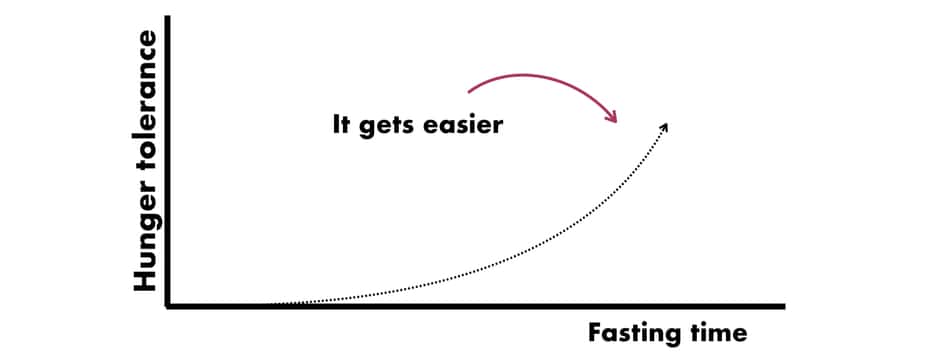
Related article: Is OMAD Better Than 16/8?
Longer fasts teach you that hunger is not an emergency. It’s just like any other feeling. It comes and goes. However, please remember that longer fasts are not for everyone.
Just because you can, it doesn’t mean you should be doing it. Some people (usually those who already practiced some type of fasting before) may thrive doing extended periods of fasting.
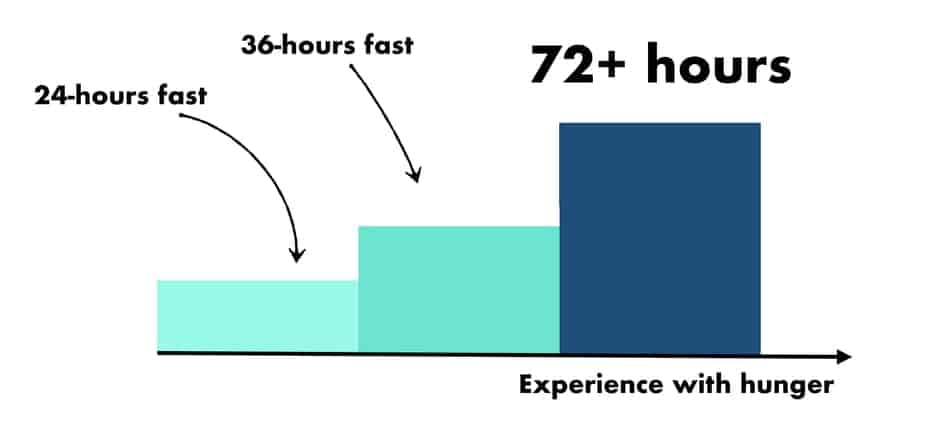
But for newbies, that seems like a mission impossible. And if you feel uncomfortable just from skipping breakfast, then you should practice something in the middle, first.
Related article: 18 Steps On How To Do OMAD The Right Way
Are Longer Fasts Better?
Longer fasts are better because they create a greater caloric deficit for an extended period of time and improve your hunger tolerance.
However, longer fasts aren’t for everyone because the constant feeling of hunger also creates additional stress and discomfort.
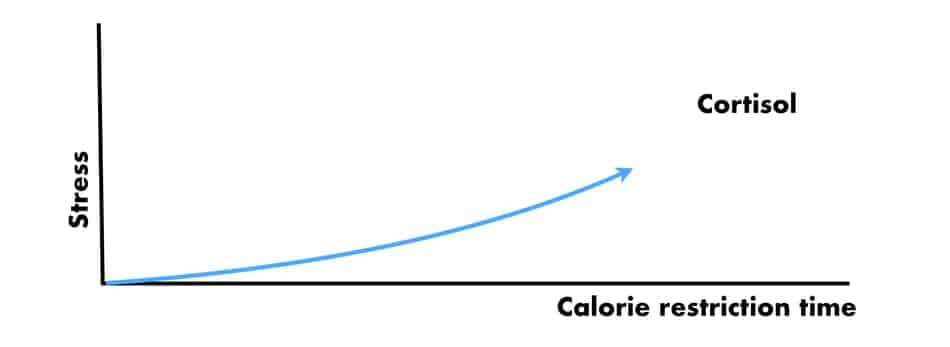
Remember that intermittent fasting is a stress on the body.
The longer you fast, the more cortisol you have.
So any additional stress for someone who is already bathing in anxiety or worries won’t bring any good.
Some people who have low levels of stress in their life, or who’ve developed some effective ways to reduce the stress, seem to handle longer fasting much better.
One of the typical ways to handle stress is by eating food.
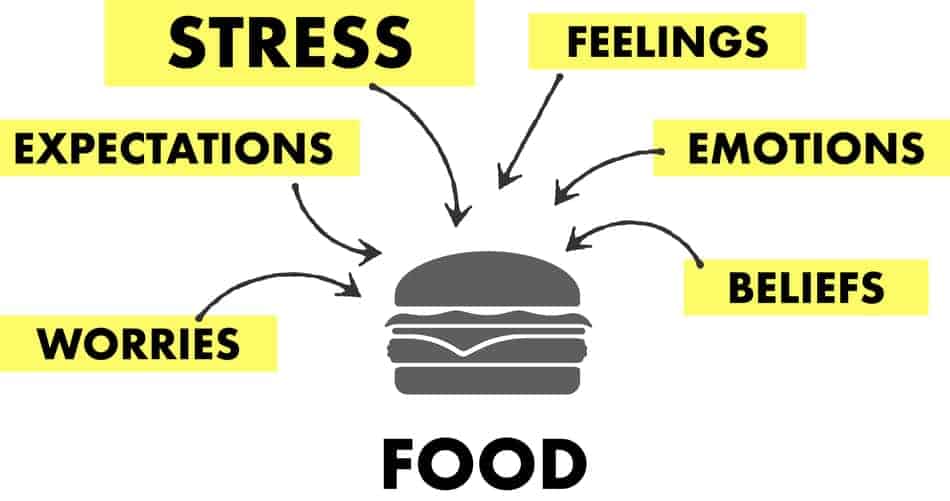
Related article: Is OMAD Better Than ADF?
And for some people, usually, the ones who have a weight problem, eating is the primary resource to regulate emotions. (source).
It’s not a secret that we use food not only to satisfy physical hunger but to reduce stress too.
Worried? Let’s eat.
Stressed out? Let’s eat.
Anxious? Eat.
Excited? Food.
So now watch this.
When you are fasting, you immediately take away this proven method to reduce stress.
And the longer you fast, the more stress you have.
But if you cannot use food anymore, what are you gonna do? I call it an emotional storm.
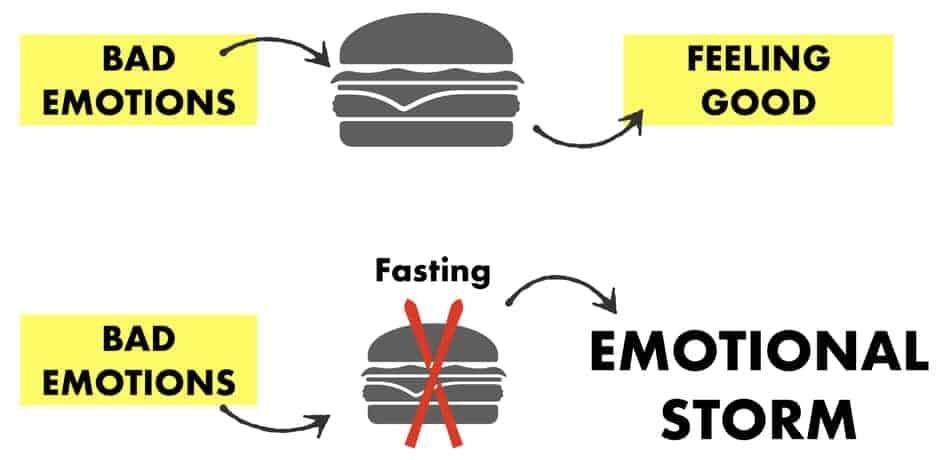
An emotional storm is when we are exposed to emotions and feelings and we don’t have any way to mute or silence that discomfort. So sooner or later, we crack under pressure and eat.
That’s why doing any form of longer fasting, one meal a day, 36-hour fasting, 5-day fasting, etc. should be done after you get more comfortable with hunger and you find a way to reduce stress in a different way than eating.
How Often Should I Do Extended Fasts?
Extended fasts should be done no more often than a couple of times a month, because prolonged fasting leads to decreased hormone synthesis, decreased protein synthesis, and decreased production of digestive enzymes.
Also, extended fasts done too often can lead to nutrient deficiency.
Doing extended fasting should be treated more as a self-experiment rather than a regular part of life. Self-experiment means finding what works for you.
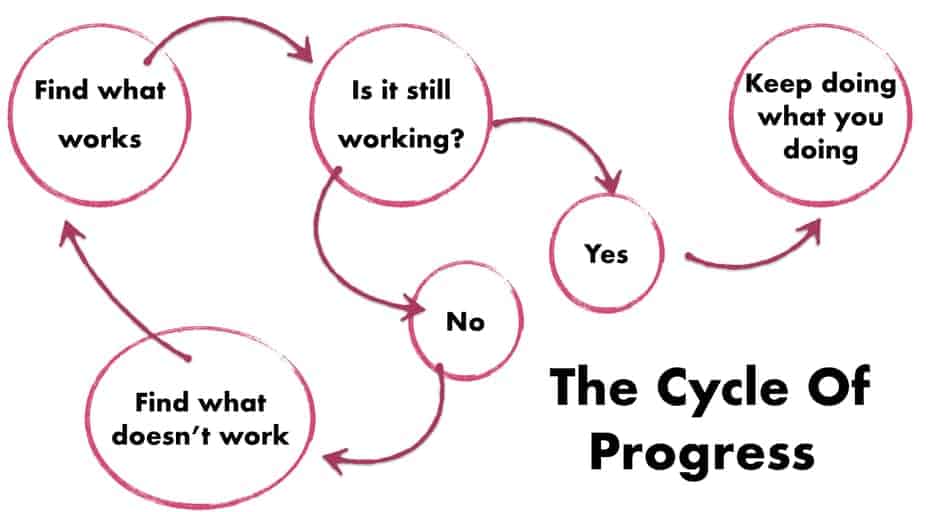
Of course, the more you are getting experienced, and the better you can handle the hunger, feel free to self-experiment more often.
But to get started, I wouldn’t recommend making it part of your weekly schedule.
Longer fasts don’t mean better results.
Many times we may think that more equals better. In fact, the word intermittent is critical here. It means sometimes, not all the time (source).
How Long To Wait Between Extended Fasts?
Between extended fasts, you should wait at least 5-30 days, depending on the length of the fast, because your body needs time to replenish all the essential nutrients.
Daily intake of nutrients like electrolytes, proteins, vitamins, and minerals is critical in maintaining optimal health.
Another reason why waiting between fasting is important is that our body isn’t as responsive as we think it is.
This means you may have a problem, and you won’t know about this problem until it gets to the point where you’re having some symptoms of pain or discomfort.
But that’s already too late.
It’s like having knee pain from doing squats.
You can do 1000s of squats in a bad form before you ever experience any pain.
But once the pain is there, this doesn’t mean the problem started with pain.
The problem was already there. But you didn’t register it before (source).
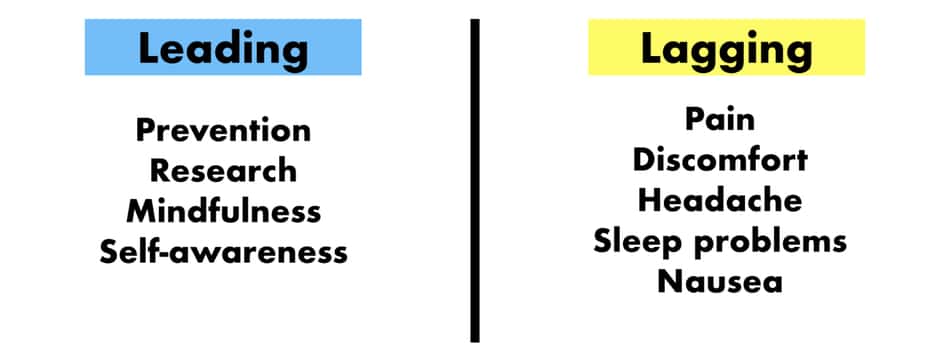
So just because you feel “ok” after longer fasting, it doesn’t always mean that all the lights are in green.
So to stay on the safe end, I wouldn’t advise practicing extended fasting regularly.
Especially if your goal is reducing excess weight. There are easier ways.
How Often Should You Do A 7-Day Fast?
The 7-day fasting shouldn’t be done regularly because longer fasts don’t guarantee better results, however, can cause unwanted consequences.
Prolonged 7-day fasting, done on the regular basis, can lead to negative protein balance, poor bone mineral density, and hormonal imbalance.
Of course, you won’t have any problems after one time 7 days of fasting experiment.
But if you’re thinking about practicing longer fasts on a regular basis, let me remind you about some basics.
Muscle loss is real.
Protein deficiency is really, too. Your body needs proteins on a daily basis to maintain all the basic functions.
So after regular 7-day fasts, people are losing weight, but they also lose muscle, lose hair, get weaker, and feel progressively worse.
Also, prolonged fasting is associated with insulin resistance in the skeletal muscle (source). So the trick is to lose weight and keep your muscle mass on. To do so you need proteins on a daily basis (excluding fasting days).
Greater lean body weight (muscle mass) is associated with longevity, robust energy, slower aging, faster metabolism, and better cognition.
Related article: Will OMAD Slow My Metabolism?
How To Avoid Muscle Wasting During Extended Fasts?
To avoid muscle wasting during extended fasts you need to eat enough proteins (1 gram per 1 pound of body weight).
It’s also a good idea to practice resistance training with progressive overload during feeding time to stimulate muscle protein synthesis.
The easiest way to think about it is to make sure you lift weight (or do some bodyweight calisthenics) on your feeding days, and that you have a lot of proteins (source).
If you think eating 1 gram per 1 pound of body weight is too much for you, consider having a protein shake.
This will help you maintain that amino acid pool that is being used up daily.
In Conclusion
Doing extended fasting is a much more advanced form of intermittent fasting, comparing to alternate-day fasting. Doing longer fast can have a number of health benefits like the stimulation of stem cell production, autophagy, and better fat oxidation.
But those results can also be achieved from doing alternate day fast. At the end of the day, it’s not about what approach is better, more effective, or has better ROI. When it comes to your health, your goals you be finding what is good enough and you can be consistent with it.
Related Questions
How Often To Do 48 Hours Fast?
The 48-hours fast shouldn’t be done more often than every 7 days because it can lead to unwanted adverse effects like fatigue, sleep problems, or headaches. During 48-hours fast is important to stay hydrated, consume electrolytes and be mindful about any unusual feelings and emotions.
What To Eat After Fasting For 7 Days?
After fasting for 7 days you should eat foods high in proteins to start protein synthesis, lower hunger, and increase satiety. Also, eating after fasting for 7-days should be done mindfully. Slow eating improves the palatability and olfaction that enhance the production of digestive enzymes.
